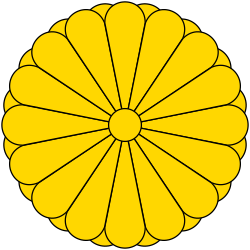This article has multiple issues. Please help improve it or discuss these issues on the talk page . (Learn how and when to remove these messages)
|
In Japan, any organization that supports a candidate needs to register itself as a political party. Each of these parties have some local or national influence. [1] This article lists political parties in Japan with representation in the National Diet, either in the House of Representatives (lower house) or in the House of Councillors (upper house). The article also mentions political parties within the nation that either used to be within representation, or parties that currently are.



